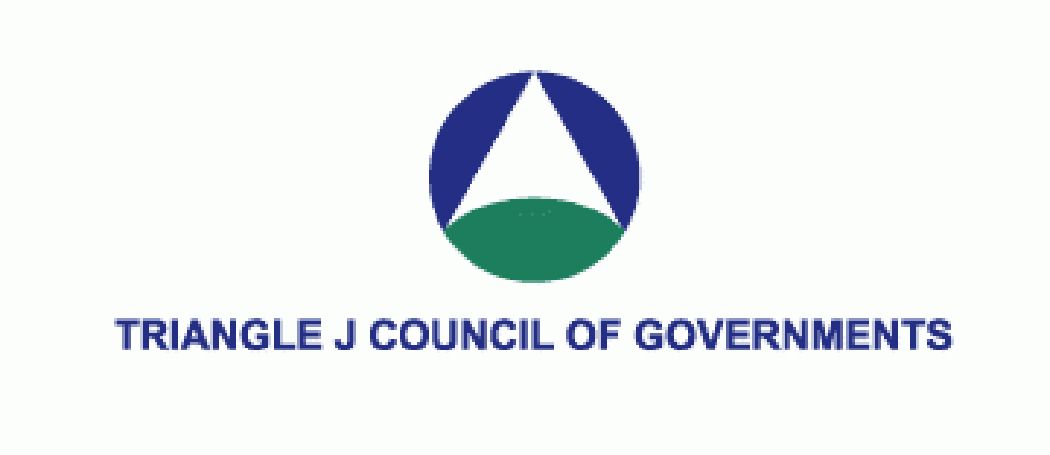Integrated Water Resources Management
There are many factors that put pressure on water resources which effects the options and requirements for water management. Population growth is a main factor, creating demands for more water and producing additional wastewater and pollution. The increase can have significant negative impacts on local and regional water resources.
The author of the blog post Integrated Water Management in the Burgeoning Triangle Region, Jen Schmitz, discusses the future of the Triangle and calls for a unified effort to manage water in an integrated way. The strategy she refers to is known as Integrated Water Resources Management (IWRM).
What is IWRM?
Essentially, IWRM aims to improve the efficiency and sustainability of water resource management through a more holistic approach that engages various stakeholders. The principle concept is that water is a finite resource that holds economic value and that must be managed in a way that does not undermine the needs and well-being of current and future populations. This means focusing not only on the quantity of water available, but the quality of the water available too.
Schmitz hints at the potential for integration between stormwater, wastewater, and drinking water at the local-government level in the state of North Carolina. IWRM might be useful in this context because it encourages the sharing of resources and expertise from different water departments in addressing water quality and quantity issues. Not only would this approach potentially reduce the duplication of efforts and improve the cost-effectiveness of water management, but it could also facilitate innovative and collaborative solutions to water management issues if stormwater, drinking water, and wastewater were conceptualized and managed as one single resource and regulatory objectives were synthesized.
The Environmental Protection Agency (EPA) highlighted the advantages of IWRM and committed to work with States and communities to implement and utilize integrated planning approaches to municipal wastewater and stormwater management in its October 27, 2011 memorandum “Achieving Water Quality Through Municipal Stormwater and Wastewater Plans.” The memorandum states that integrated planning will allow municipalities to achieve Clean Water Act (CWA) objectives more efficiently by identifying some of the overlapping and competing requirements of separate stormwater and wastewater programs. In addition, the memorandum states that existing federal regulations and policies allow for adequate compliance schedules and encourage innovative solutions that synthesize wastewater and stormwater management activities in a way that optimizes environmental quality. EPA’s viewpoint that IWRM implementation is not only feasible under existing regulations, but will also bring about innovative solutions, should encourage local water managers to evaluate local potential for IWRM by genuinely exploring ways that the regulatory, policy, and societal goals of the different water programs intersect.
So where does AQUALIS fit into an Integrated Water Resource Management plan?
Well, since we primarily focus on stormwater Post-Construction, we are most effective collaborating with the engineers and land planners in the selection of potential SCM’s (Stormwater Control Measures) prior to any construction. We see the pros and cons of each type of system and understand the costs of maintenance and repairs associated with them. It is critical that a system be chosen that can not only meet the water quality and quantity requirements but also fall within the management capabilities and budget of the party legally responsible for the maintenance. The truth is, the only way these systems can achieve their designed goals is if they are properly maintained, so let’s not waste time and money installing SCM’s that will just be forgotten about after construction is complete. Instead, let’s continue to promote collaboration between all parties from design to post-construction maintenance.
If you are in the process of planning construction, allow AQUALIS to review the stormwater selections with the engineer. Once selected, we can provide you with a quote for routine maintenance and inspections that will ensure compliance with regulations and keep your stormwater system functioning as designed.
References
Achieving Water Quality Through Integrated Municipal Stormwater and Wastewater Plans (PDF)
